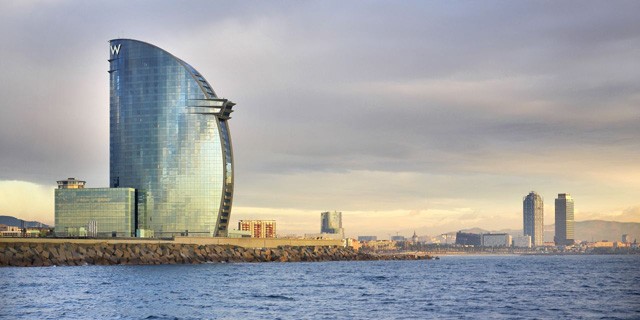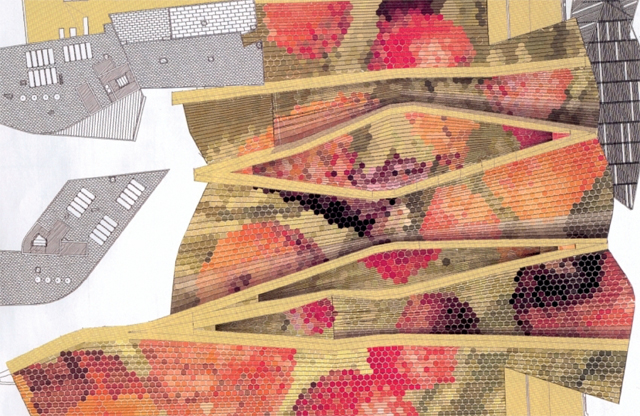You can have any colour, as long as it’s black!
And so began mass production and the Ford Model T. Whether Henry Ford actually uttered the famous quote is a matter of debate. What’s not in question, however, is the process behind it – Fordism.
In the early 1900’s, an industrial revolution in manufacturing began. A system designed, literally, to spew out low cost, standardised products, offering workers better pay and working conditions.
The ripple effect grew into a tidal wave, crossing countries and continents. From North America to Stalin’s Russian, leading into war production and then onto Japan’s post-war electronic boom.
Design and manufacture from the people for the people, an endless conveyer belt of identical products. The choice was yours, as long as your choice was the same choice.
Read more »»


 Should we therefore fear the cities of tomorrow?
Should we therefore fear the cities of tomorrow?










